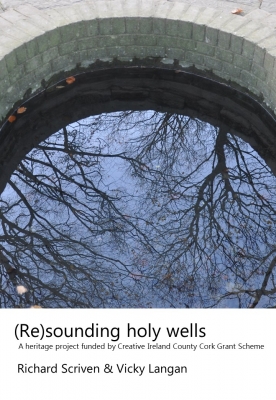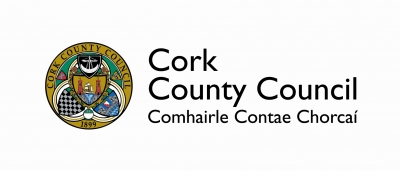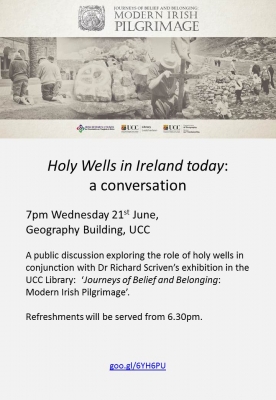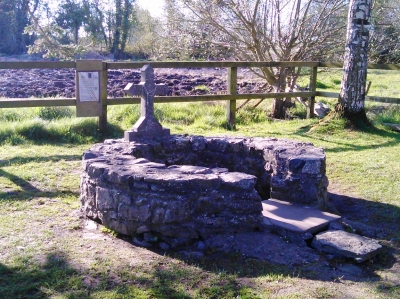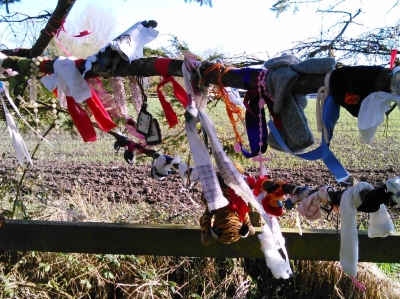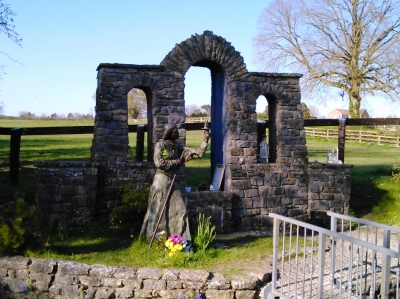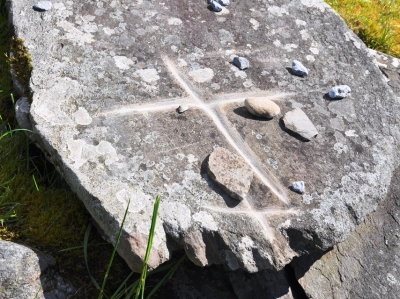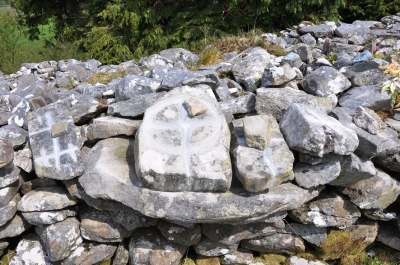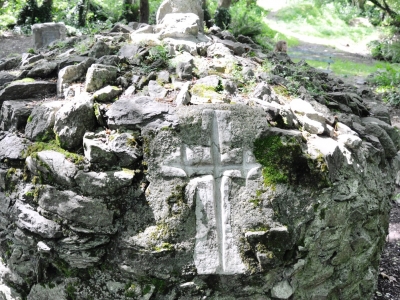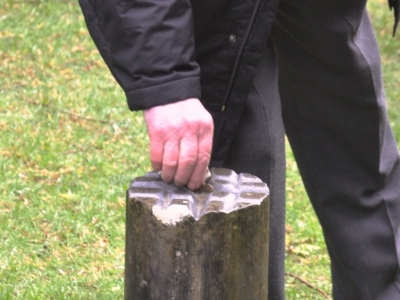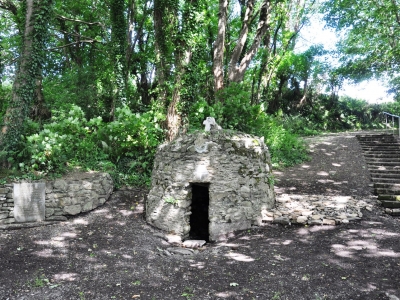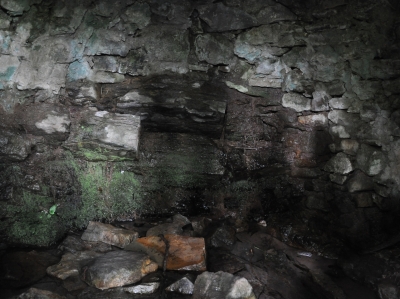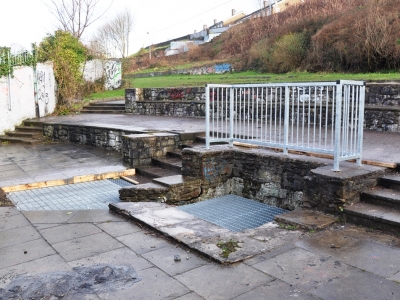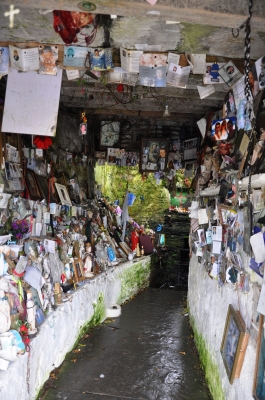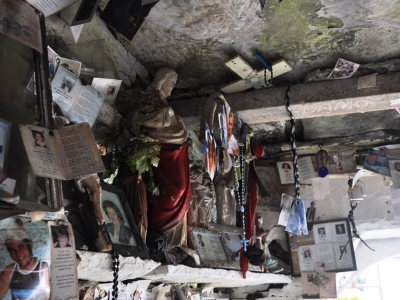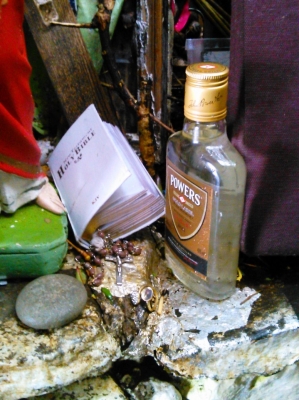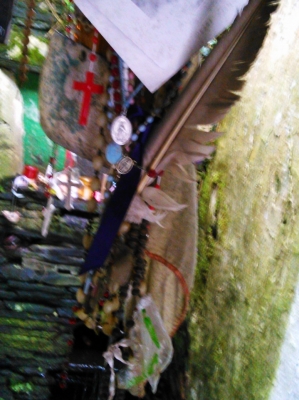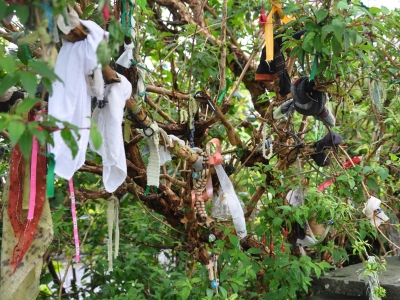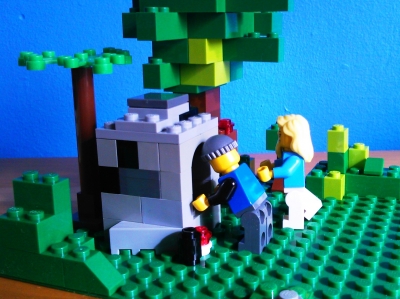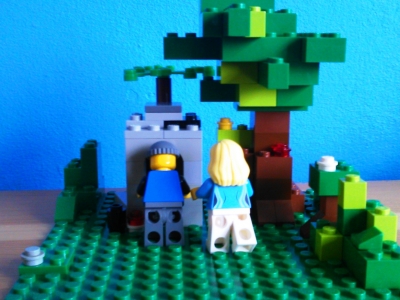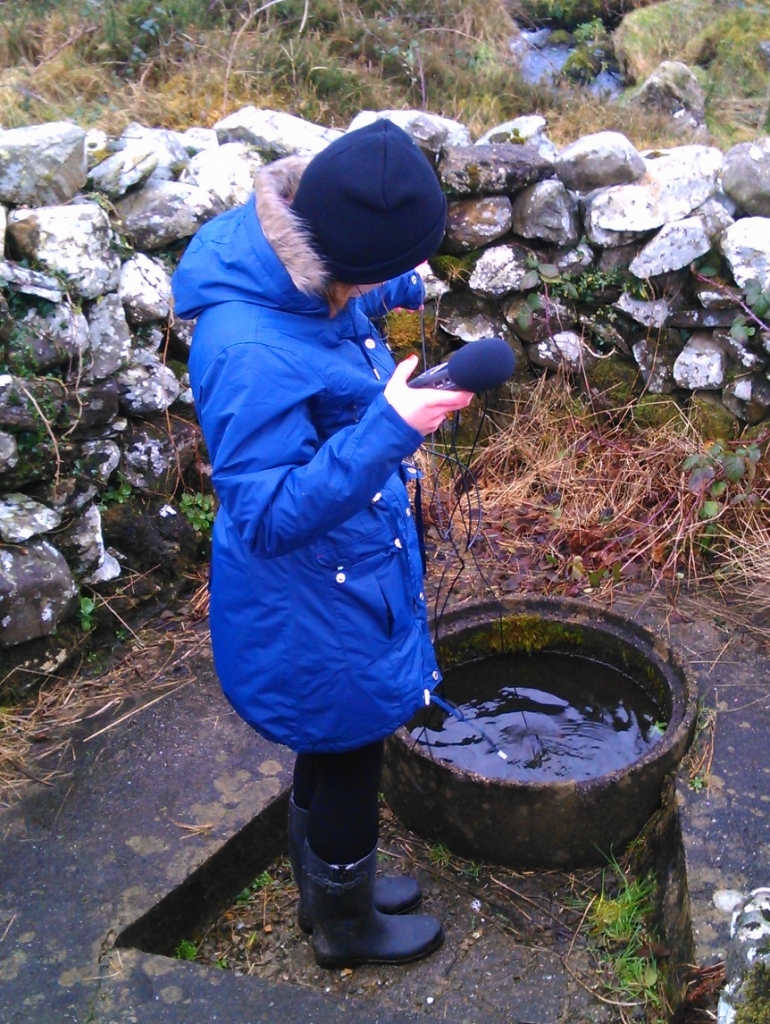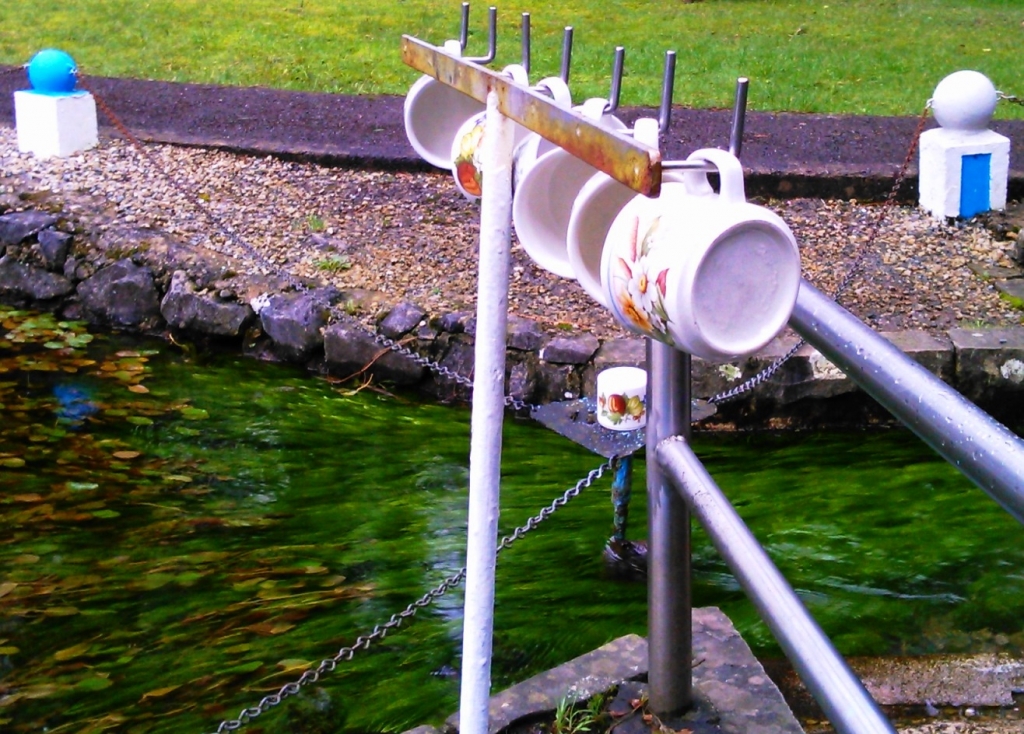(Re)sounding holy wells: Creative Ireland Project
(Re)sounding holy wells was an artistic and cultural heritage project led by Vicky Langan, independent artist, and Dr Richard Scriven, Department of Geography, UCC, to imaginatively explore holy wells in Cork through workshops, audio recordings, and oral histories. It was funded by the Creative Ireland County Cork Grant Scheme under the community participation strand of the Creative Ireland Programme 2017-2022. Using a collaborative approach with both primary schools and community heritage groups, the project examined and highlighted the roles of holy wells as cultural amenities and sites of vernacular heritage. Fresh understandings of the wells were produced through the use of audio by combining field recordings with accounts of the holy wells from young people and community members.
The podcasts produced as part of the project are available here: https://soundcloud.com/richscriven/rhw2?in=richscriven/sets/re-sounding-holy-wells
The project also generated this report booklet: https://cora.ucc.ie/bitstream/handle/10468/9252/Scriven__Langan_ReSounding_Holy_Wells_Booklet.pdf?sequence=1&isAllowed=y
Vicky Langan is a Cork-based artist whose practice operates across several overlapping fields, chiefly performance, sound, and film. She has gained bursary awards from Cork City Council and the Arts Council of Ireland. She has also been awarded a residency at the Centre Culturel Irlandais, Paris.
Dr Scriven is an Irish Research Council Government of Ireland Postdoctoral Fellow and a Royal Irish Academy Charlemont Scholar in the Department of Geography, UCC.
